Behind the scenes with Sean Connery and the making of James Bond 007
Ian Fleming had imagined James Bond as a secret agent who enjoyed women and luxury. Cue Sean Connery and Dr No. A stunning new book shows how film’s longest franchise began despite the author’s distaste.
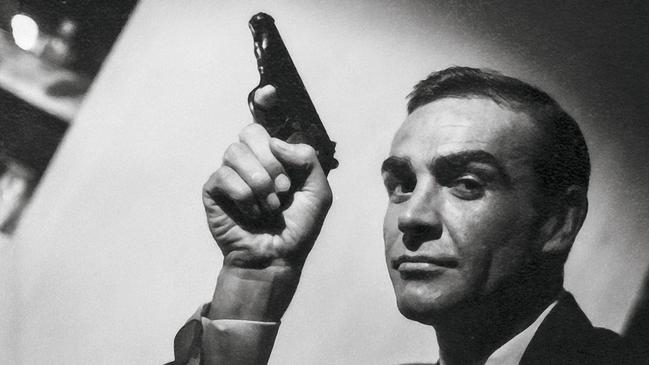
Sean Connery did not audition for the role of James Bond. Instead, the little-known Scottish actor was invited to talk to producers Harry Saltzman and Albert R. “Cubby” Broccoli at their office after Dana Broccoli persuaded her husband to consider him for the part. Cubby Broccoli described Connery as perfect for the role: tall, handsome, with a rugged physicality and radiating “animal virility”.
But the studio was not sold when they saw photos of Connery as the British Secret Service agent wearing a Savile Row suit and holding a Walther PP pistol, and thought they could “do better”. But Saltzman and Broccoli dug their heels in. They watched Connery walk confidently across the street after their meeting, likening him to a panther, and knew he was Bond.
When he first appeared on screen in Dr No (1962), wearing a tuxedo and seated at a casino table playing chemin de fer, any doubt was immediately dispelled. Connery emanated style and confidence, with his risky game-playing matched by luck. When Sylvia Trench asks his name, he lights a cigarette and casually replies, “Bond. James Bond.”
A cinematic legend was born.
The making of the first Bond film in the franchise is chronicled in a stunning new book that contains never-before-published photos and artwork, delves into the production files to access draft scripts, notes, memos and letters, and recounts the memories of actors and crew. It also includes documents from Bond author Ian Fleming’s archives. It offers an immersive look at one of film and literature’s greatest creations.
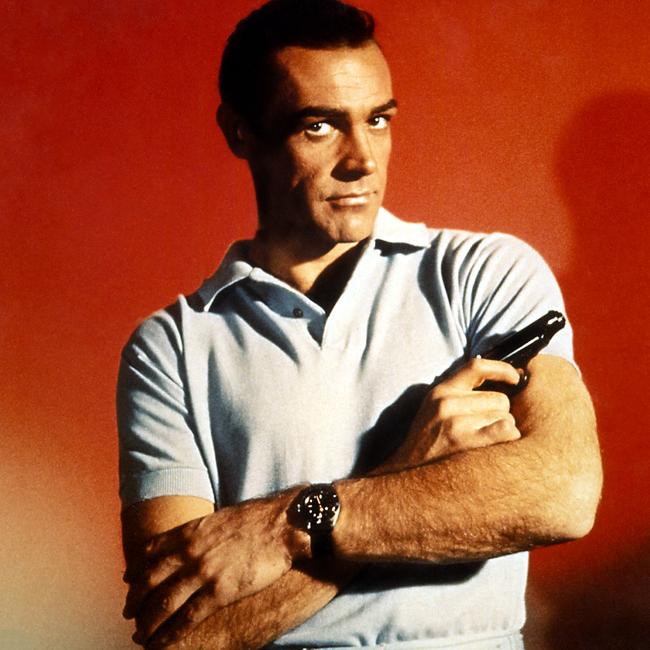
Fleming had worked in journalism, finance and naval intelligence before writing Bond novels. He imagined an educated, multilingual, masculine secret agent who didn’t like killing but could do it efficiently and enjoyed the finer things in life, and women. His name came from a book spotted on a shelf in his Jamaican hideaway, later named Goldeneye: Birds of the West Indies by ornithologist James Bond.
Saltzman and Broccoli wanted to bring these stories to the cinema. Saltzman had the movie and TV rights to seven of Fleming’s novels but not the funding, so he teamed up with Broccoli, who had tried to acquire the rights years earlier, and they formed EON productions – Everything or Nothing – and partnered with United Artists. They signed Terence Young to direct the first 007 film; Young would have a major role in shaping the character of Bond on screen. The script would be based on Fleming’s sixth Bond novel, with a plot centred on the secret agent stopping a madman hellbent on destroying the US space program and achieving global domination.
James Bond offered audiences an escape to a clandestine world with excitement and danger, fast cars and fashion, guns and gadgets, breathtaking locations and beautiful women. Bond would make Fleming, Saltzman and Broccoli a fortune. It would become the longest-running film franchise in history, with six actors so far playing the iconic role.
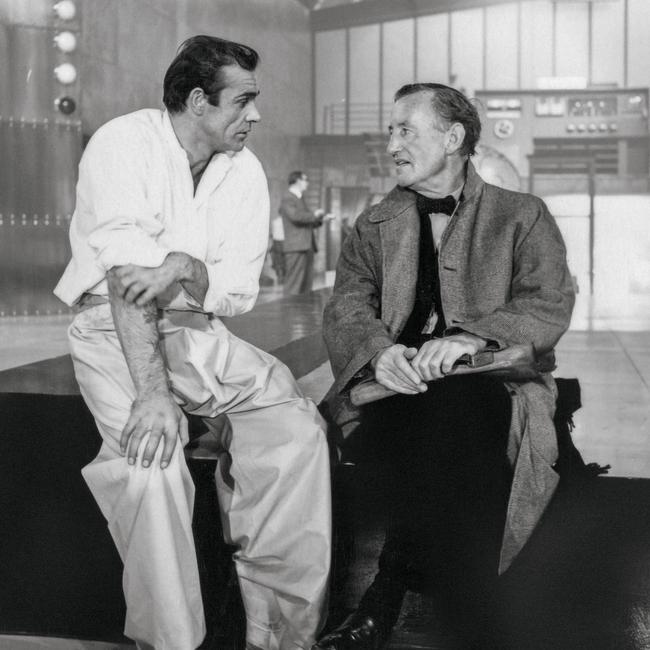
During pre-production, Broccoli and Saltzman invited Connery and Fleming to their offices in London’s Mayfair for publicity. Seeing Fleming with Connery would give the film credibility after lacklustre comic strips, radio and television adaptations with “Jimmy Bond”. They surrounded a seated Fleming with a cigarette in one hand and a pen in the other as he signed on to the cinematic Bond.
Filming of Dr No began on location in Jamaica in January 1962. Further filming took place around London and at Pinewood Studios from February to April, where Ken Adam’s talents as a production designer were given full expression. The locations became a feature of the films, whether a luxurious casino, a tropical bar with reggae music or the sun, sand and water of a beach.
Connery set the template for the “gentleman spy” with a licence to kill, playing the part with a mix of strength, sexuality and humour. He could make women swoon with a raised eyebrow. The actor, who died aged 90 in 2020, performed many of the stunts himself; his action-man abilities gave authenticity to the role.
Fleming talked with Connery about Bond during production. “He said that when the character was conceived, Bond was a very simple, straightforward, blunt instrument of the police force, a functionary who would carry out his job rather doggedly,” Connery once recalled. “But he also had a lot of idiosyncrasies that were considered snobbish, such as a taste for special wines.” The villain and their henchmen or women were another element of this and future films. Joseph Wiseman portrayed nuclear scientist Dr No, an operative for SPECTRE. Arrogant and ruthless, with mechanical prosthetic hands, he had a sinister presence. Dr No also had an arch-villain’s lair, which became a trope in Bond films.
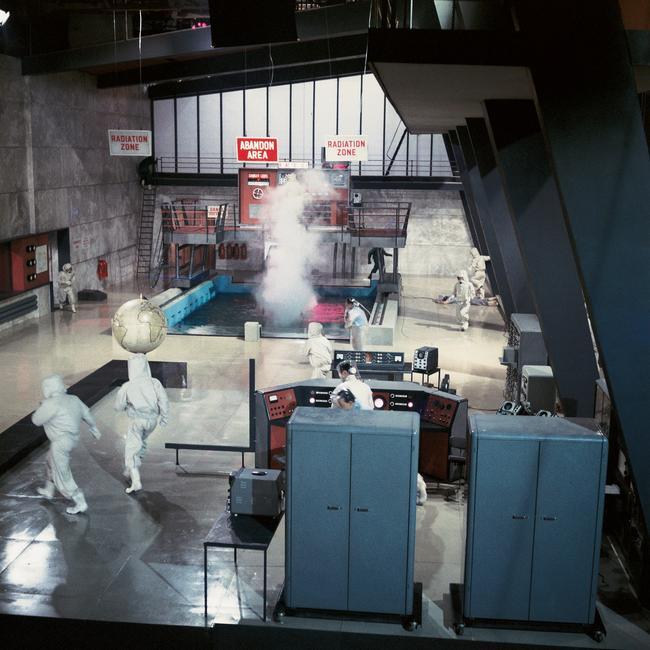
Then there were the so-called “Bond girls” and femme fatales with their own enigmatic style, beauty and seductiveness. Eunice Gayson was strikingly glamorous as Trench in the opening scene of Dr No. Marguerite LeWars played Dr No’s secretive photographer. And Zena Marshall was the bewitching and beguiling double agent, Miss Taro.
But it was Ursula Andress who utterly captivated audiences as Honey Ryder. There had never been a movie entrance like it when she walked out of the water onto a beach in a white bikini with a knife attached to a belt. They had spent six weeks filming in Jamaica and were dogged by inclement weather. Between takes, Connery and Andress joked and laughed together while waiting for the clouds to part. (Andress was not impressed when she later found out her voice was dubbed by actor Nikki van der Zyl and her singing of Under the Mango Tree was actually the voice of Diana Coupland.)
During production, further aspects of the Bond series would become foundational. Joining the cast was Bernard Lee as M, head of MI6, and Lois Maxwell as secretary Miss Moneypenny, desperate for Bond’s affection. Peter Burton was Major Boothroyd, known as Q for quartermaster. And Felix Leiter (Jack Lord), a reliable friend from the CIA.
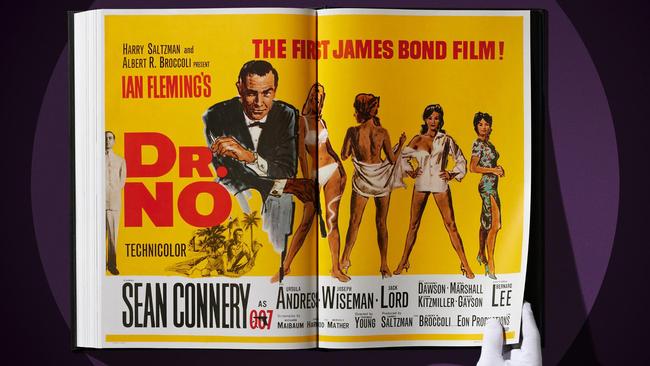
Monty Norman’s theme orchestrated by John Barry became synonymous with the films. It was heard over the white dots dancing across the screen, and the gun barrel sequence. Then came the opening titles backlit against silhouetted women. The 007 pistol logo was designed by Joseph Caroff. Bert Cann’s photo of Connery looking down the camera lens was used for posters advertising Dr No.
When Life magazine reported in March 1961 that John F. Kennedy had named From Russia, with Love as one his favourite novels, the popularity of Bond skyrocketed in the US. It augured well for the first film. Kennedy, who had met Fleming to talk about espionage, was keen to see Dr No and asked for a print to be sent to the White House before its release. He loved it and screened it for friends.
In October 1962, Dr No opened in cinemas. With a budget of $US1 million, it earned about 20 times that. Audiences were hooked, and production began immediately on the next film. Fleming didn’t like Dr No, describing it as “dreadful”. But audiences disagreed. A movie phenomenon was born.
James Bond: Dr No by Paul Duncan (from $US850) is published by Taschen. taschen.com


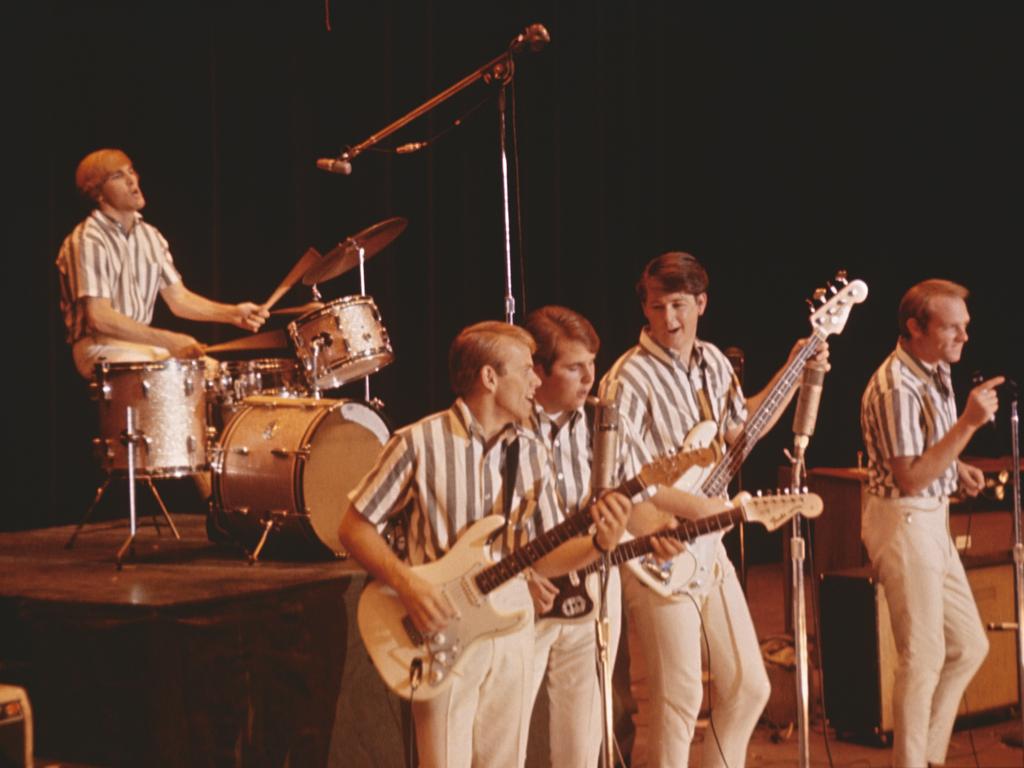
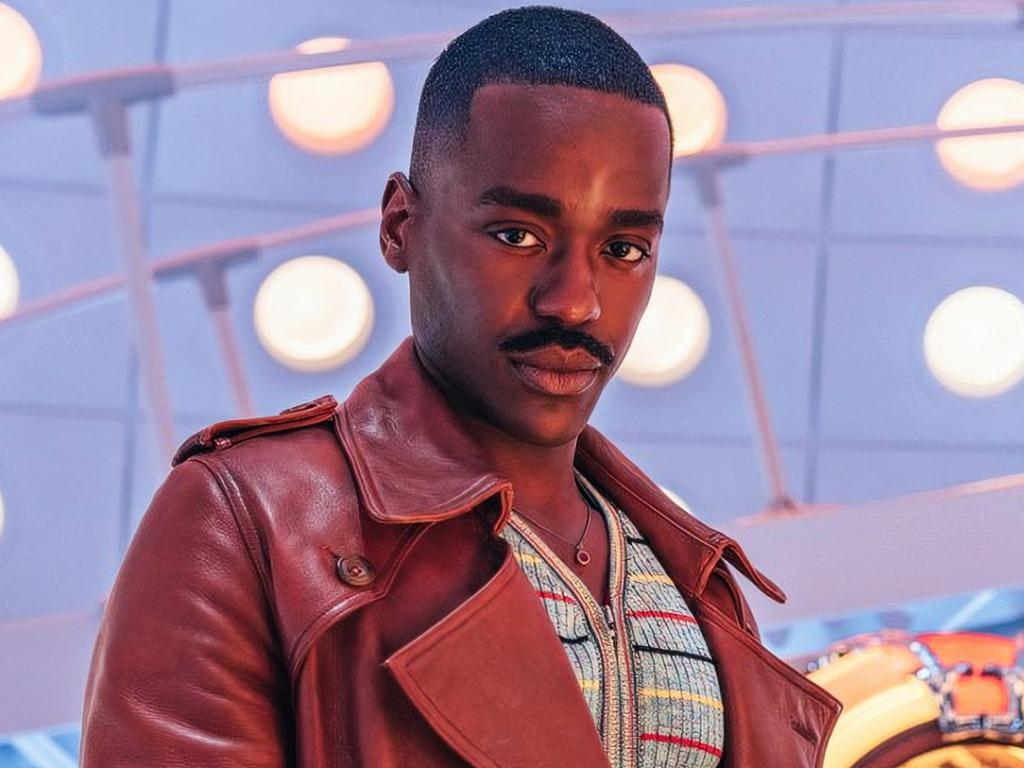
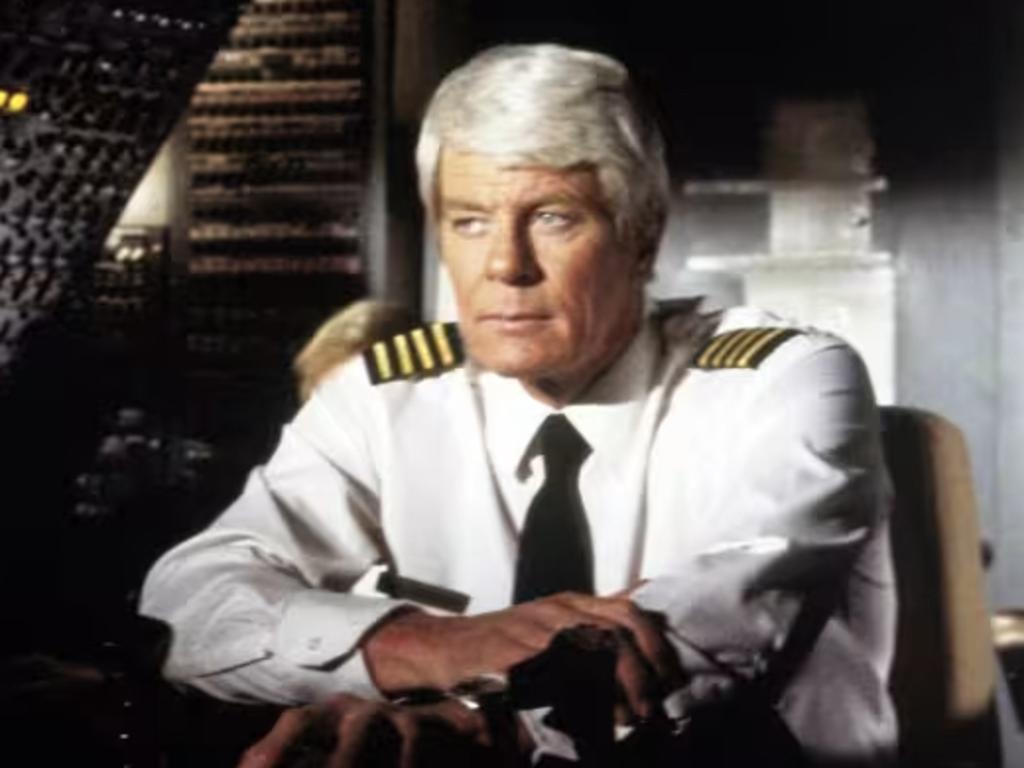
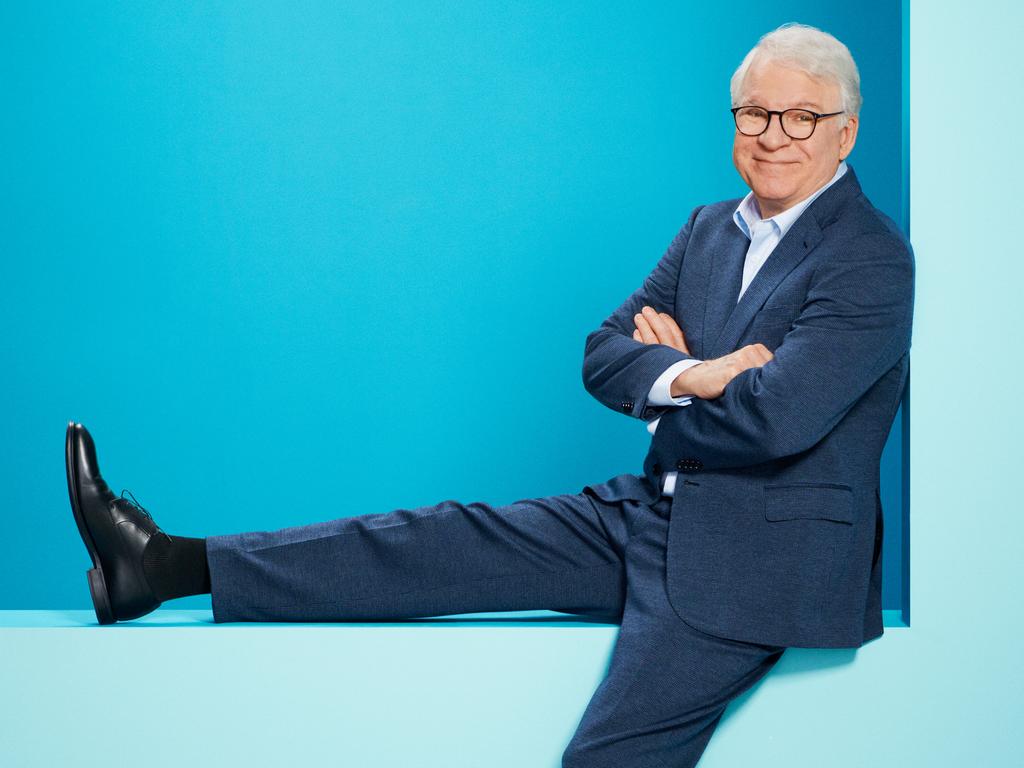


To join the conversation, please log in. Don't have an account? Register
Join the conversation, you are commenting as Logout